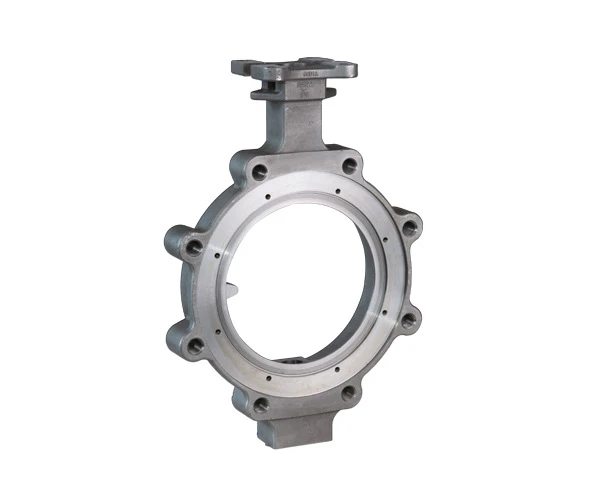Stamping Techniques for Automotive Body Panels and Their Production Efficiency
The Importance of Body Panel Stamping in Automotive Manufacturing
In the ever-evolving world of automotive manufacturing, the significance of body panel stamping cannot be overstated. This crucial process involves shaping metal sheets into the various panels that make up the body of a vehicle, including doors, hoods, fenders, and roofs. The efficiency and quality of body panel stamping directly impact the performance, safety, and aesthetics of automobiles, making it a pivotal component in the automotive production line.
Understanding Body Panel Stamping
Body panel stamping begins with the selection of appropriate materials, typically sheet metal. Common materials used include steel, aluminum, and advanced high-strength steels (AHSS). Each material presents unique properties that affect weight, strength, and cost. The choice of material significantly influences the manufacturing process and the overall performance of the vehicle.
The stamping process itself involves several steps, starting with the cutting of metal sheets into specified shapes. These sheets are then heated and formed using powerful hydraulic or mechanical presses. The process can involve multiple stages, including progressive stamping, where several operations occur in sequence on a single press, creating intricate shapes efficiently and accurately.
Advanced Technologies in Stamping
Modern stamping techniques have advanced significantly due to innovation in technology. Computer-aided design (CAD) and computer-aided manufacturing (CAM) systems allow engineers to create highly detailed designs and simulations. The use of these technologies can optimize the stamping process, ensuring precision and reducing waste. Additionally, developments in robotics streamline operations, enhancing speed and safety in manufacturing environments.
The evolution of materials and processes has also led to the introduction of lightweight materials, which are critical in the quest for fuel efficiency and lower emissions. Body panel stamping can now accommodate these advanced materials, such as aluminum and composite materials, while ensuring structural integrity and performance. This shift not only aids in meeting regulatory standards for emissions but also aligns with consumer demand for more fuel-efficient vehicles.
body panel stamping

Quality Control and Safety Standards
Quality control is paramount in body panel stamping, as any imperfections in the panels can lead to serious safety issues. Manufacturers employ rigorous inspection methods to ensure that each panel meets the strictest standards of quality and safety. Techniques such as coordinate measuring machines (CMM) and non-destructive testing (NDT) play a crucial role in identifying defects and ensuring that every part is within tolerance levels.
Moreover, the safety regulations governing the automotive industry mandate that body panels not only be aesthetically pleasing but also contribute to the vehicle's crashworthiness. Innovations in design and materials are continually researched to minimize the risk of injury during collisions. The integration of crumple zones and reinforced areas within body panels enhances passenger safety without compromising the overall weight of the vehicle.
Sustainability in Stamping Operations
As environmental concerns grow, the automotive industry is increasingly focused on sustainability. Body panel stamping operations are adopting eco-friendly practices, including the recycling of materials and the reduction of energy consumption during the stamping process. The use of closed-loop systems for metal waste management is also becoming more common, minimizing environmental impact and reducing costs.
Conclusion
In conclusion, body panel stamping is a fundamental aspect of automotive manufacturing that combines traditional techniques with cutting-edge technologies. Its role in ensuring the structural integrity, safety, and aesthetic appeal of vehicles underscores its importance. As the automotive industry continues to innovate and evolve, the effectiveness of body panel stamping will be essential in meeting consumer demands and regulatory requirements while addressing pressing environmental challenges. Emphasizing efficiency and sustainability in this process will not only enhance the quality of automotive products but also contribute to a greener, more sustainable future in transportation.
-
crawler mounted drill rig-Baoding Hairun Machinery And Equipment Trading Co., Ltd.|Underground Drilling Solutions, Confined Space EfficiencyNewsAug.16,2025
-
Custom OEM Couplings | Precision Machining & ManufacturingNewsAug.16,2025
-
Advanced Drilling Solutions for Confined Spaces - Baoding Hairun Machinery | Crawler Mounted Drill Rig&Confined Space ApplicationsNewsAug.16,2025
-
Drill For Confined Spaces-Crawler Drill Rig for Mining Applications|Baoding Hairun Machinery And Equipment Trading Co., Ltd.NewsAug.16,2025
-
Crawler Mounted Drill Rig-Baoding Hairun Machinery And Equipment Trading Co., Ltd.|Compressed Air Power&Frame SupportNewsAug.15,2025
-
Crawler Drilling Rig - Baoding Hairun|Confined Space Drilling&Mine SafetyNewsAug.15,2025















